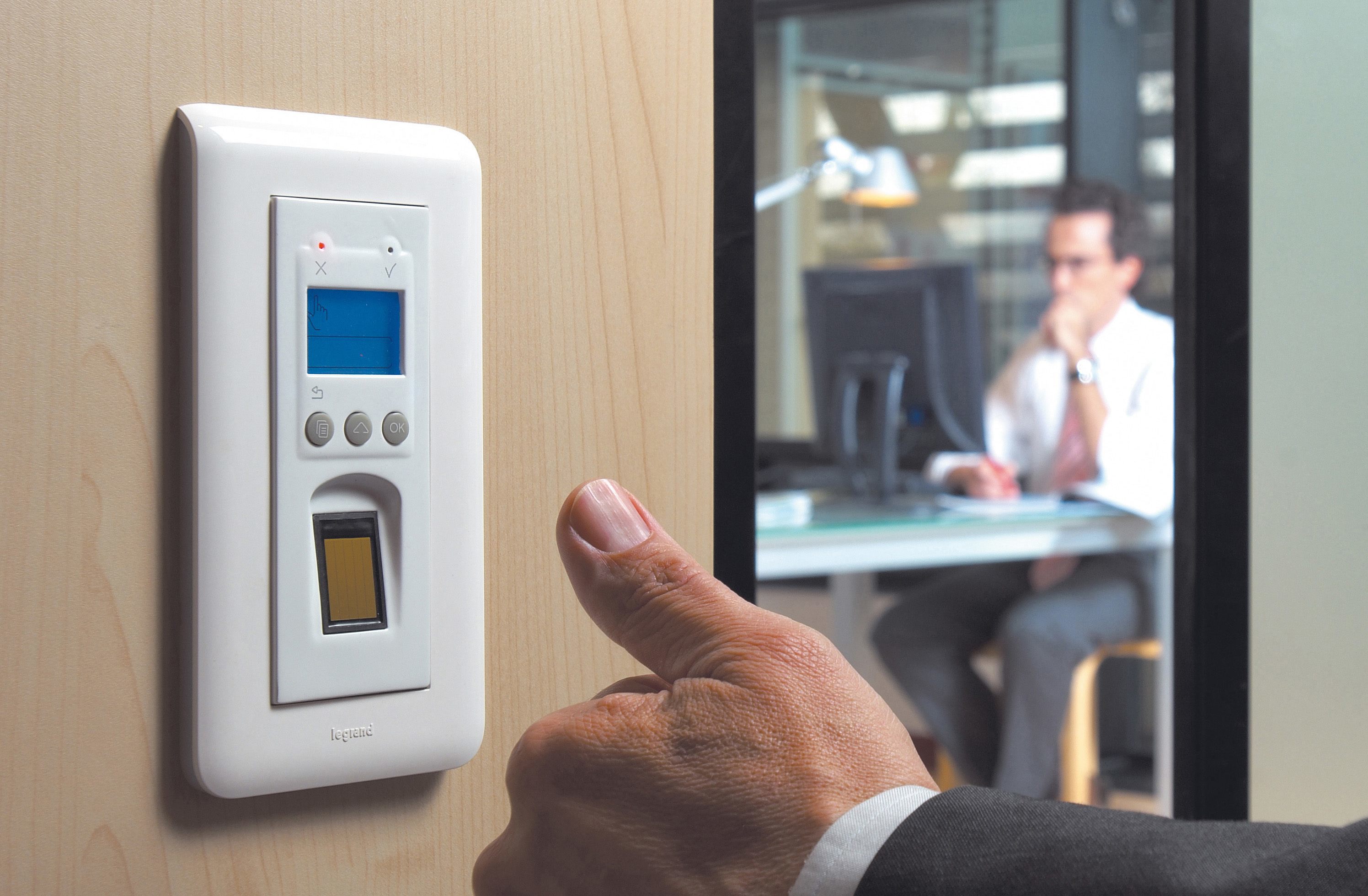Gone are the days where a set of numbers are used as basis for an individual’s identification. Also, no more are instances wherein an employee has to use an access card just so he or she can gain entry or access to the office or facility. Nowadays, a lot of business and governments have invested on biometric systems, which are software technologies that use persons’ physiological characteristics for safety and security purposes, whether it involves logging in or logging out of work or accessing very important data. These software systems power certain hardware that serve as physiological readers. The unique information obtained from fingerprints, finger or palm veins, irises, or even facial composition are then stored in the software, identifying the individuals.
Ever since the advent of the Internet and advancements in technology sector, many businesses have flourished. Many of today’s big names in the industry had humble beginnings as startup companies. One of the reasons for their success is by knowing where to invest and what systems to adapt. Startup companies’ HR services can greatly benefit from investing on biometrics. However, it is important that they strongly consider which software and hardware best suit them based on what they need, as well as the nature of their business and other circumstances.
As such, here are some considerations before making an investment on biometric systems:
- There is nothing wrong with investing on fingertip scan technology, which is the most common type of biometric system. However, startup companies must also consider if it works in a certain type of working environment. For instance, workers exposed to dirty tools and machinery, not to mention the likelihood of sustaining cuts and bruises, would have difficulty having their fingertip scanned because of their hands’ condition. In such instances, fingertip scanning systems are not conducive in this type of working environment.
- While fingertip scans are available, there are also other types of biometric scanning systems that startup companies may consider investing. Examples of such are the palm vein and finger vein scans, also known as vascular biometric systems. Instead of fingerprints, the vein pattern underneath the skin of the finger or palm is used to identify the individual.
- HR services shouldn’t shy away from investing on biometric systems, even though it is somewhat costly. They should view it as an impractical investment; instead, they should view the long term benefits of having one.
The impact of biometric systems goes way beyond personnel identification, as these have also extended to issues with regards employment and labor. A lot of employers have invested on biometric scanning systems as a way to reduce instances of workers clocking in and out of work on behalf of their other co-workers, which is fraudulent. Employers also found these systems beneficial because of their accuracy, hence avoiding the possibility of employees alleging claims of failure to pay overtime.
On the other hand, some employees have challenged the use of biometrics, not only seeing them as intrusive of their privacy, but also discriminatory in certain aspects. Issues of disability and religious beliefs gave rise to numerous lawsuits and claims in connection to the use of biometrics. This is why it is imperative for employers to lay the groundwork on ensuring that the fears of employees using biometrics for the first time are allayed.
If anything, we are already in the age of biometric systems. It is not anymore a subject of science fiction; they are here to stay for a long time. It is really up for the startup companies to make careful choice in not just making such an investment, but also making it work for the benefit of their employees.




